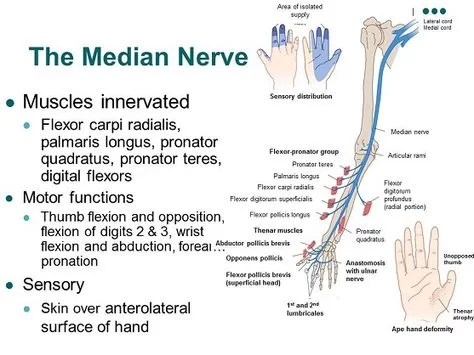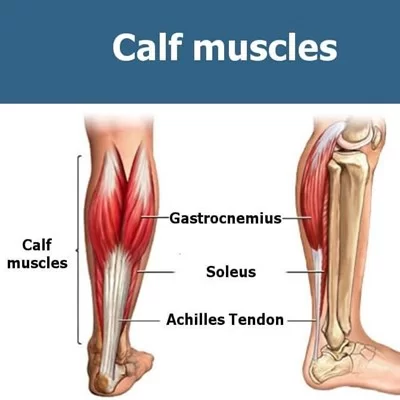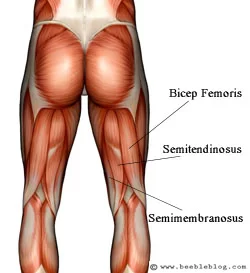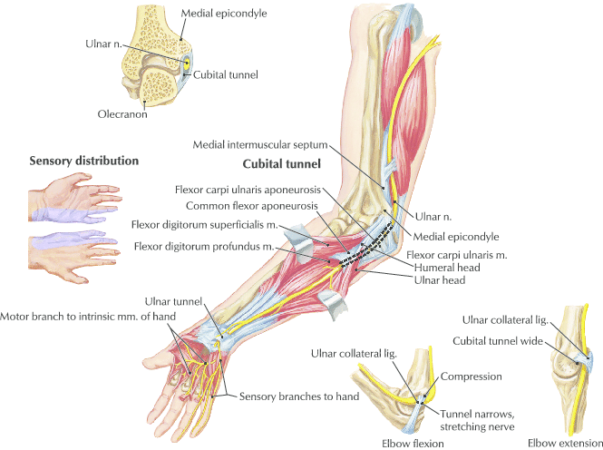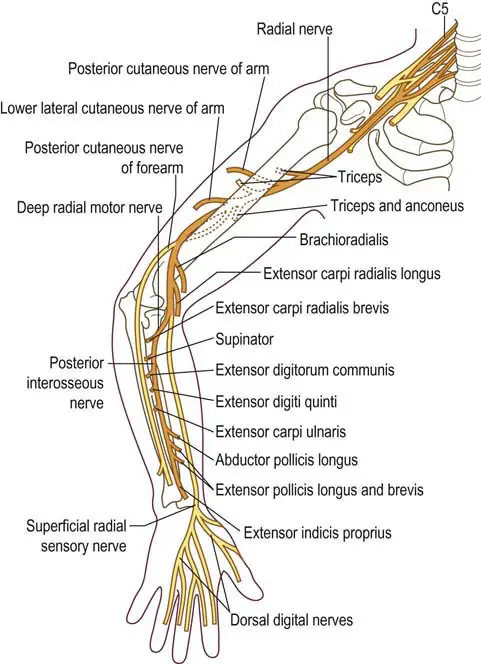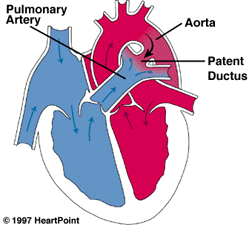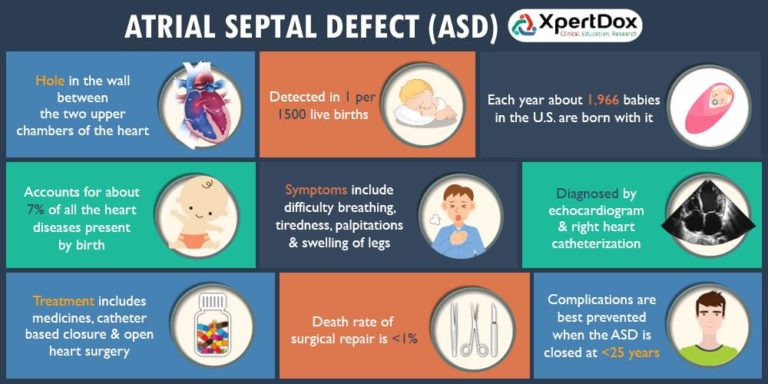Median Nerve: Anatomy, Origin, Course, Function, Clinical Importance
The Median Nerve is a nerve in humans and other animals in the upper limb. It is one of the five main nerves originating from the brachial plexus. Anatomy of Median Nerve: The median nerve originates from the lateral and medial cords of the brachial plexus and has contributions from ventral roots of C5-C7 (lateral…

